Double whammy: Riverine alert upgraded, adverse-weather alert in effect
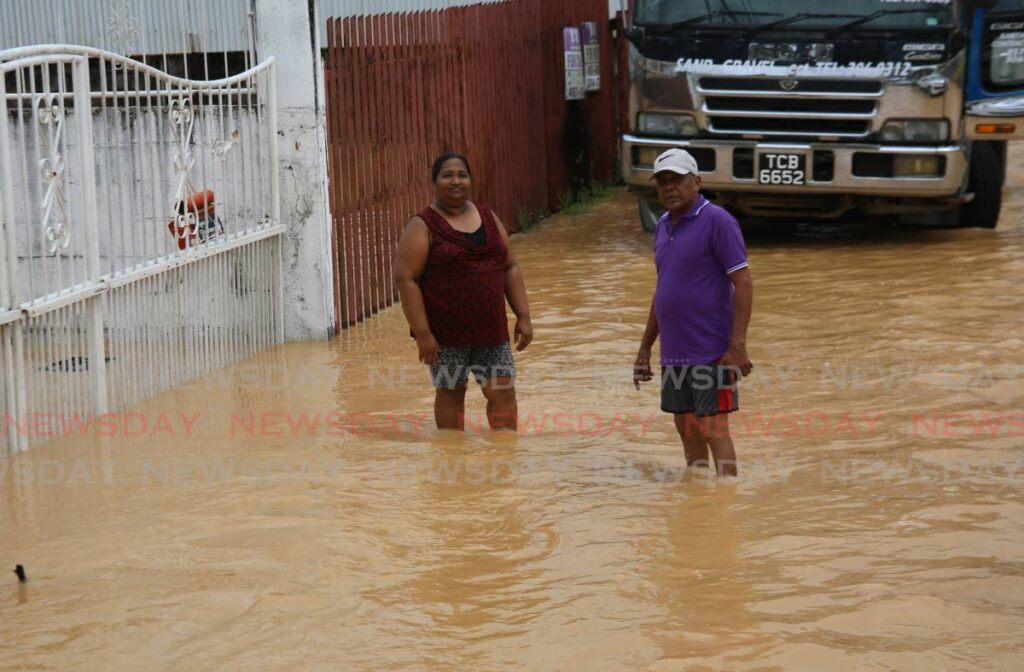
WITH a warning of fast rising river levels and severe weather, people living in flood-prone communities braced for more floods on Thursday.
This was based on advisories on Wednesday from the Met Office which raised its riverine alert to orange and adverse-weather alert to yellow.
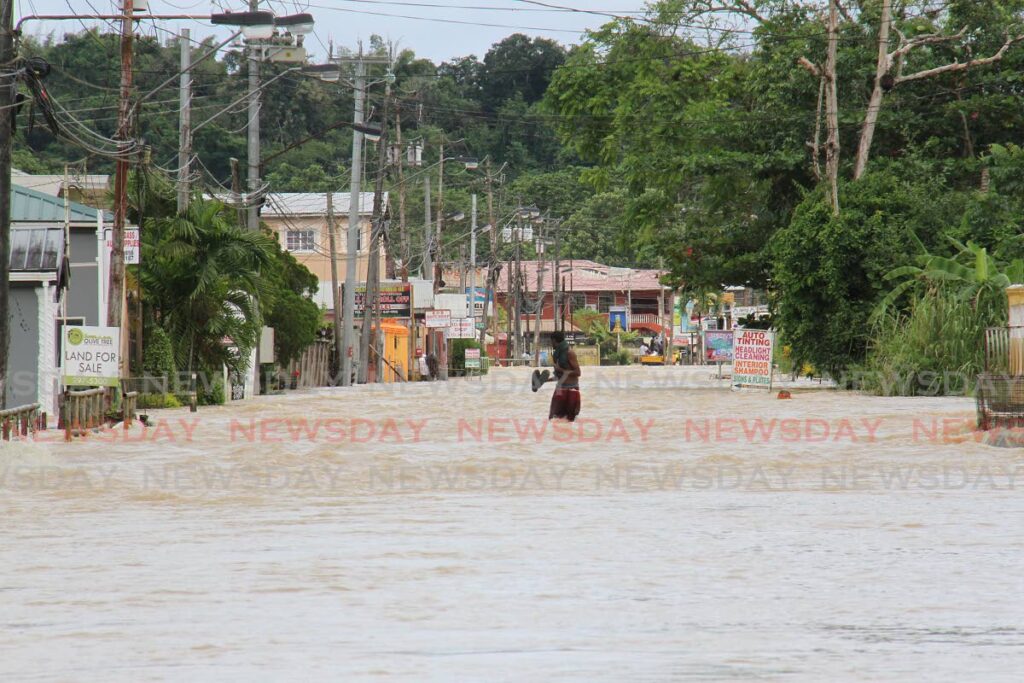
An orange-level warning means major river levels across Trinidad are near or above 80 per cent, and smaller watercourses are also at critical levels. The Met Office said periods of rainfall will likely continue over the next 36-48 hours, resulting in further elevation of the river levels.
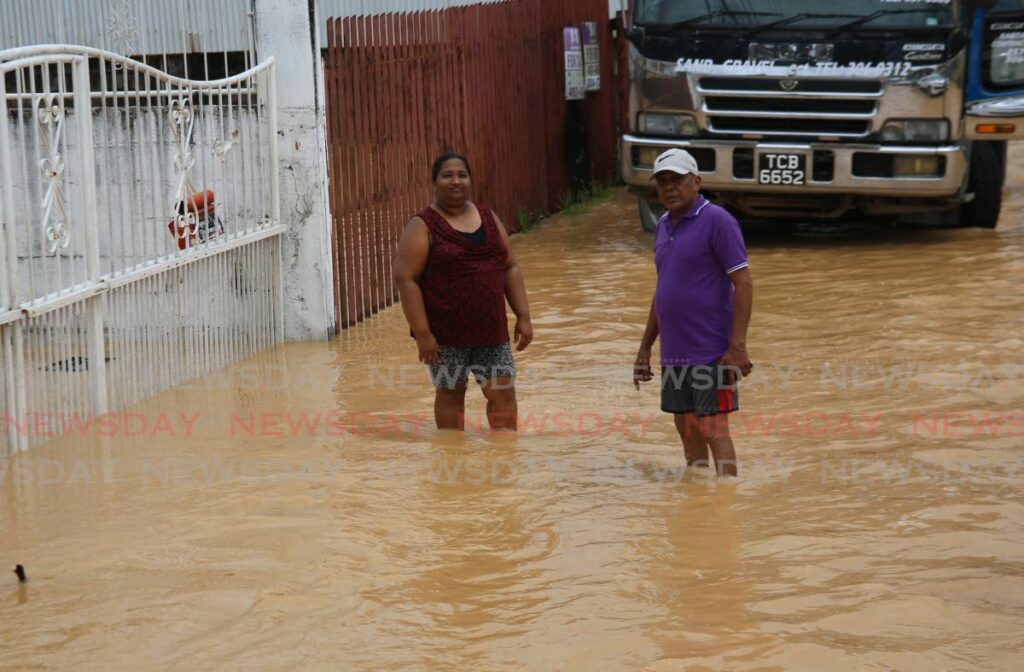
"As a result, there is now a high risk to public safety, livelihood and property. Run-off will be slow at high-tide times."
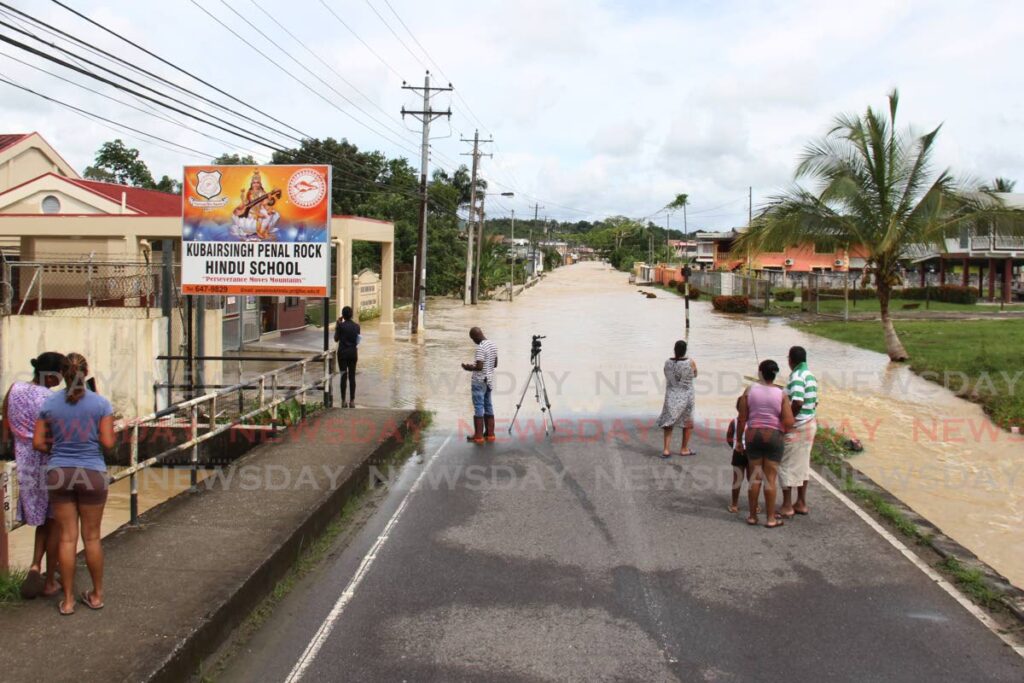
On Wednesday, communities in Trinidad, from Sangre Grande in the east, to Debe in the south, were swamped by floodwaters from overnight thundershowers on Tuesday.
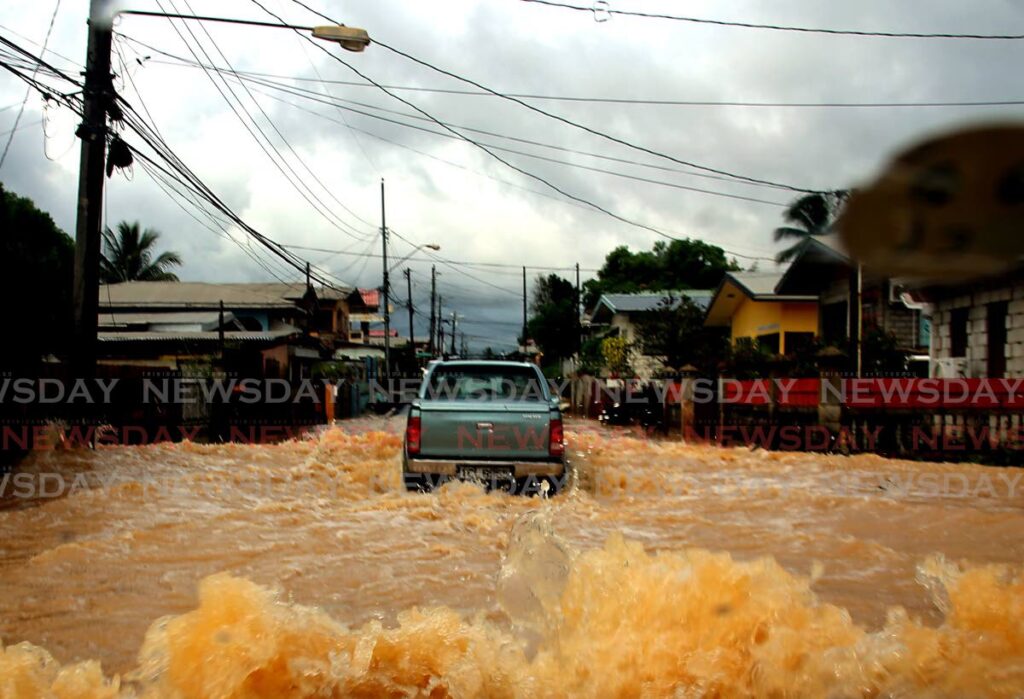
In a statement, the Ministry of Rural Development and Local Government reported major rivers was near full capacity.
It said as of 4.30 pm on Wednesday the North Oropouche River was at 82 per cent capacity, down slightly by two per cent from the midday update. This river affects Sangre Grande and environs, where floodwaters rose to up to four feet.
The El Carmen River, which feeds into the Caroni River and affects areas such as Madras Road, St Helena and Las Lomas, was 98 per cent full, rising two per cent since noon. Surrounding areas experienced heavy flooding.
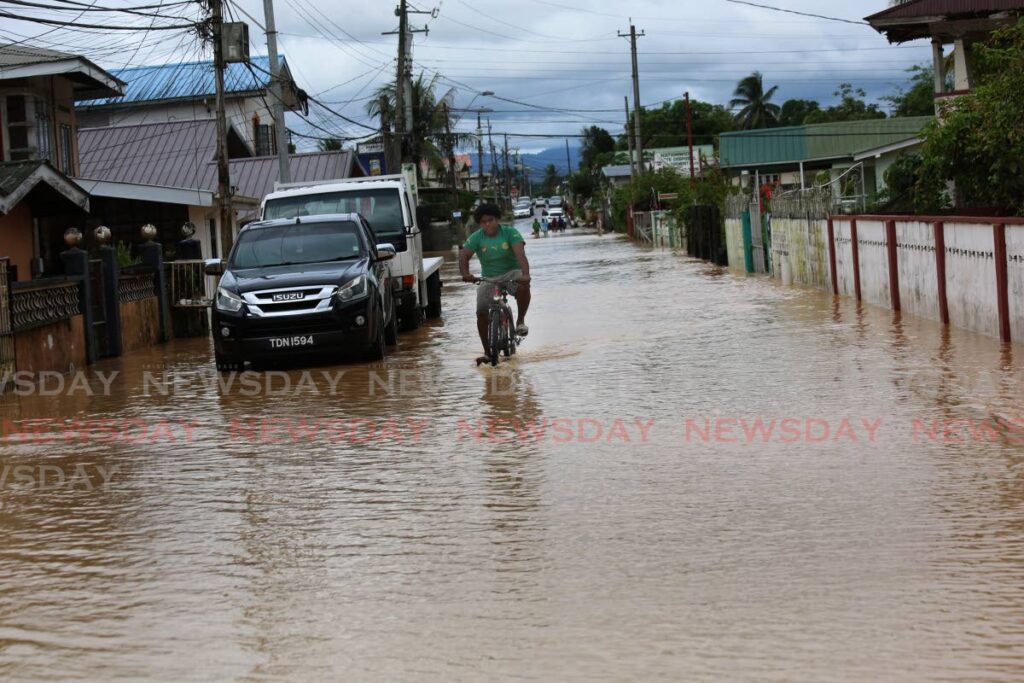
There was some runoff at the Caparo River, where the levels dropped from 88 per cent midday to 51 per cent, while the Arouca River remained the same at 37 per cent. The Aripo River dropped to 37 per cent from 48 per cent at noon.
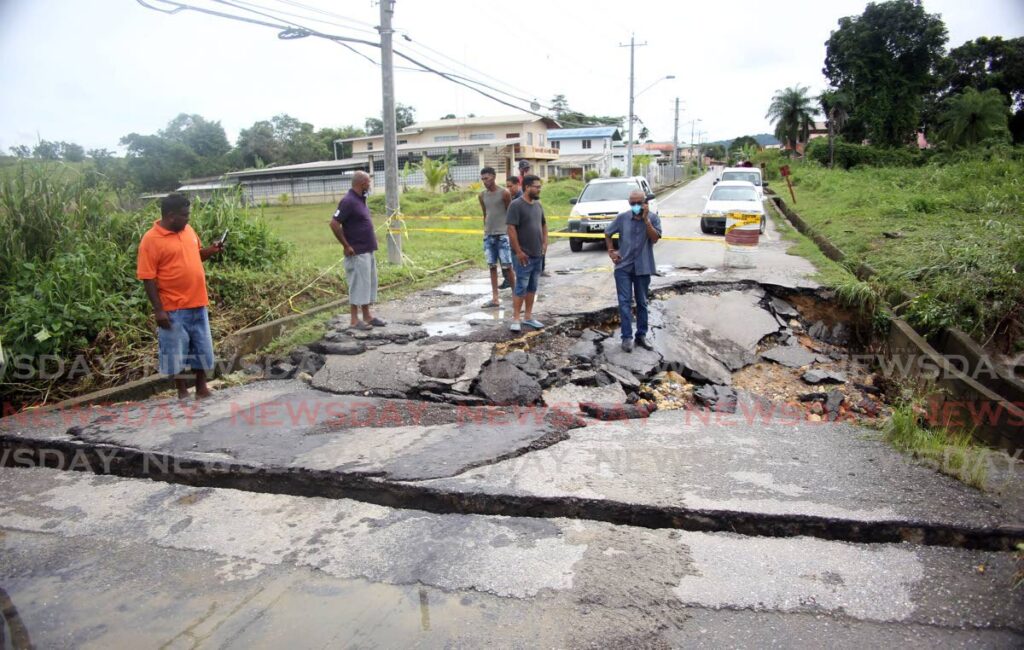
High tides, forecast by the Met Office for 4.39 am and 4.14 pm Thursday, were expected to cause the rivers to rise once again.
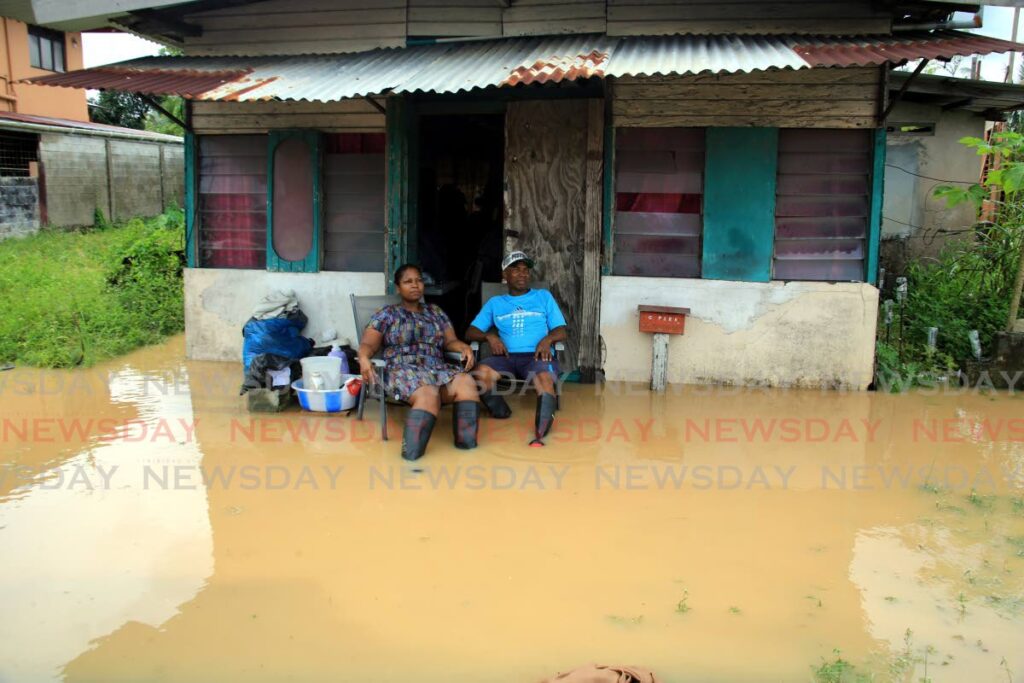
It also said with increased rainfall and the high and spring tides, flooding will worsen in affected communities and hit new areas. The adverse-weather alert warned of periods of rain of varying intensities, with a medium-to-high (60-70 per cent) chance of heavy showers and thunderstorms producing intense rainfall in excess of 50 millimetres.
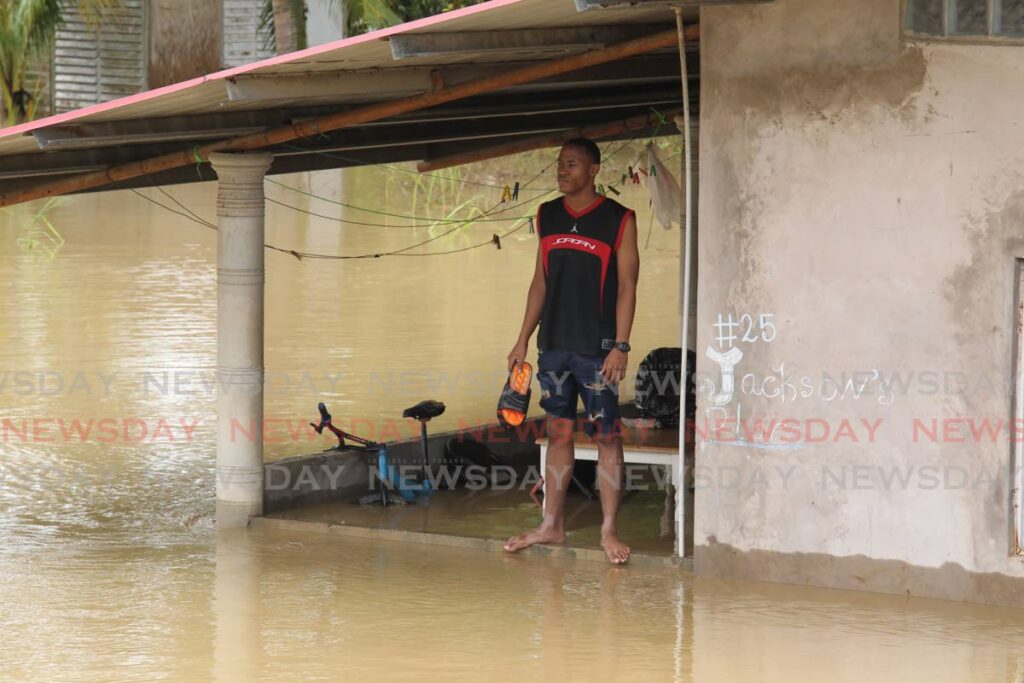
“Street/flash flooding and localised ponding are also likely in heavy downpours. Landslides/landslips are also possible in susceptible areas, as the land is already saturated. Gusty winds in excess of 55 km/h may be experienced, and seas can become agitated at times in sheltered areas.”
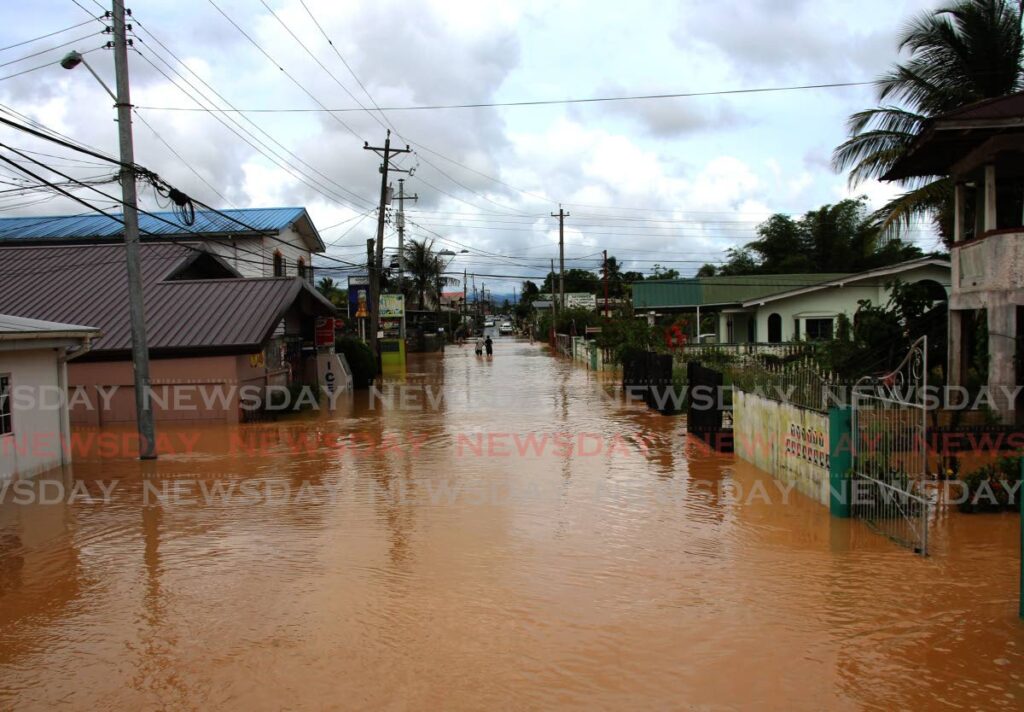
Rural Development and Local Government Minister Faris Al-Rawi toured the central and south communities while Works and Transport Minister Rohan Sinanan visited Sangre Grande on Wednesday.
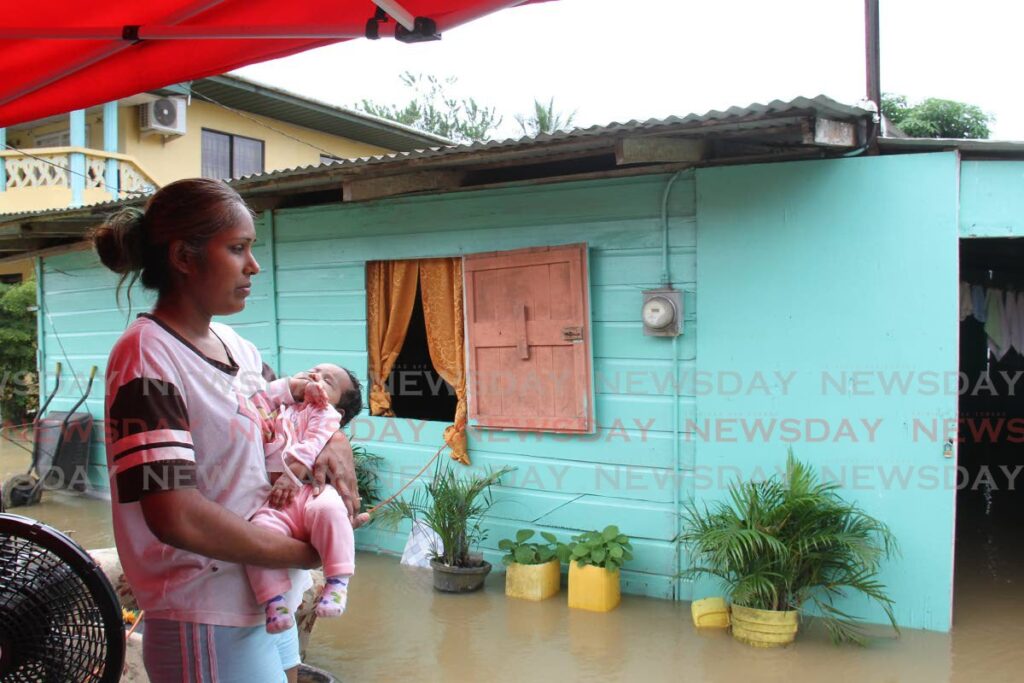
Naziz Habib, a resident of Railway Road, Sangre Grande, said floodwaters began rising around 3 am on Wednesday, and 12 hours later it had not subsided. He blamed improper infrastructure, referring to a nearby development, for the flooding.
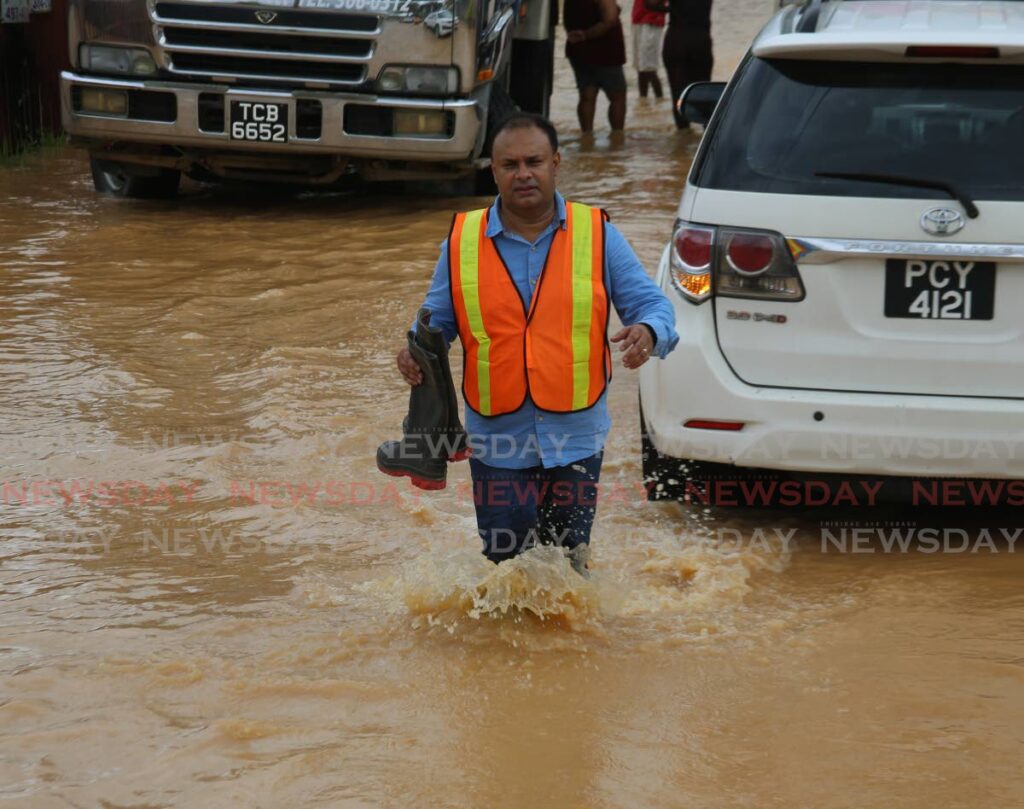
At a sub-station of the Sangre Grande Regional Corporation, chairman Anil Juteram said the cause was illegal and improper development. He said there are lots of land for sale which are on backfilled watersheds. He claimed approvals were given by the Town and Country Planning Division.
Juteram said he and his council members were bracing for more flooding with an outflow from the Tamana River on Wednesday afternoon. He was supervising sandbag deliveries at Neeranjan Street, where residents said the flooding was the worst they had experienced since the catastrophic 2018 floods.
Housewife Asha Deonarine said she was affected by the 2018 floods when she lived in Kelly Village, Caroni, and after searching for a place that was not likely to flood, she found a home in Sangre Grande at Neeranjan Street. But last month her home flooded after torrential rains, and Wednesday morning she woke up to water in her bedroom. The water rose steadily throughout the day.
“The last flood we got, I lost a washing machine, bed, school supplies, everything. I had to buy back everything. When I get up quarter to three and I put my foot down, I touch floodwater. Since that hour I have been up."
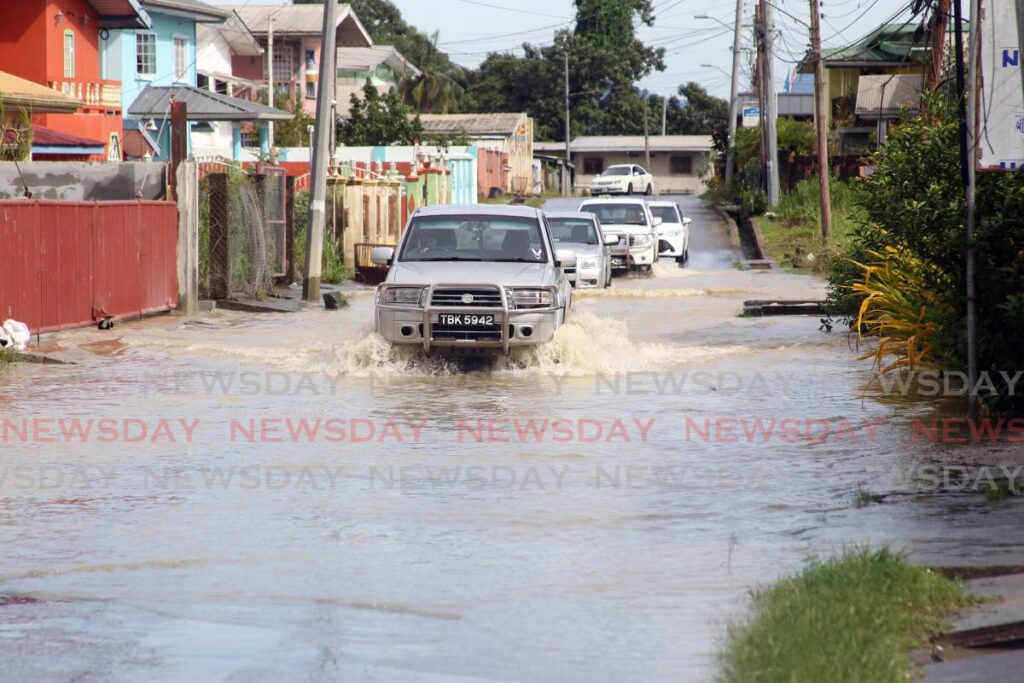
The 39-year-old said after last month’s floods she, her husband and their two teenage children considered moving again, but decided to make adjustments to mitigate the effect of the flooding. Those efforts were in vain and now they have no choice but to move out.
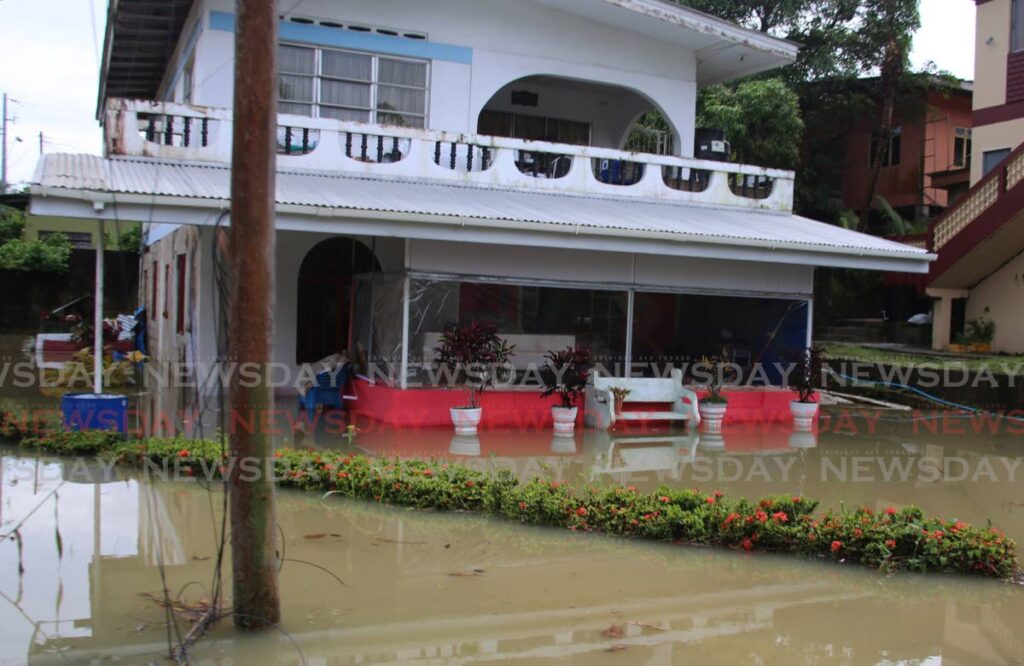
“I feel the next step is we have to get somewhere else and leave so we won’t have to go through this problem again.”
Deonarine said last month her family slept in their two vehicles, but with one down they had to sleep in the other.
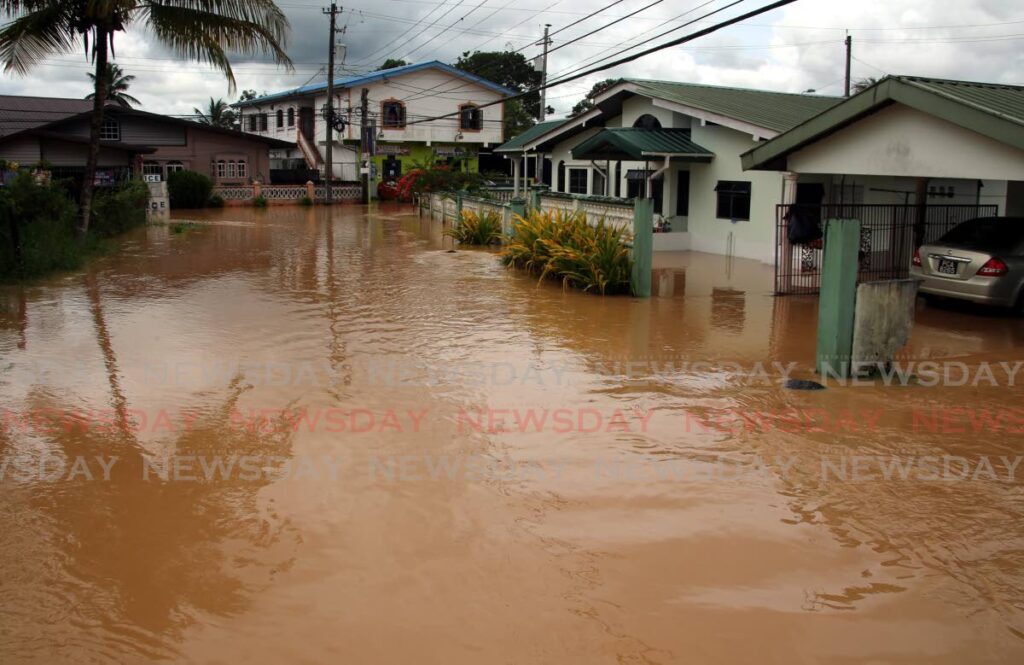
The Hardlys, whose home was a few breaststrokes away, said they too had nowhere to go. Elphege Hardly said the flooding at his Picton Road, Sangre Grande, home is the worst since 2018. The 68-year-old and his wife Tsuanna said they lost everything on Wednesday, and the authorities promised to visit them when the floodwaters subsided.
Al-Rawi said no shelters were opened as there were no requests to do so.
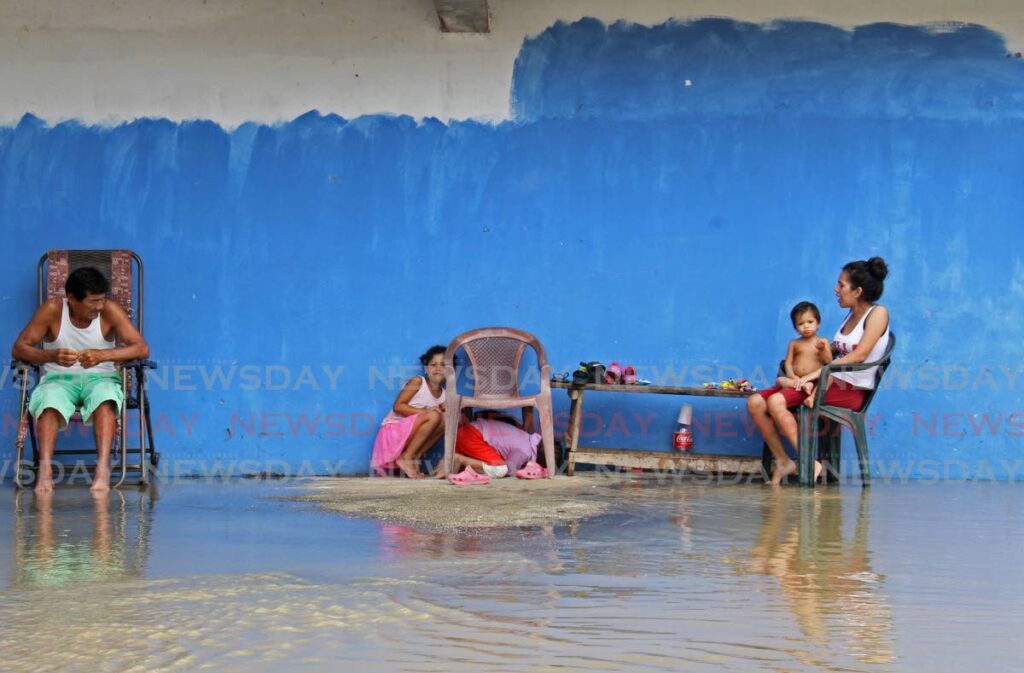
Shelters were last opened in June when the country braced for a tropical wave.
St Augustine MP Khadijah Ameen, in a release, called on Al-Rawi and other authorities to co-ordinate cordoning off flooded roads and redirect traffic.
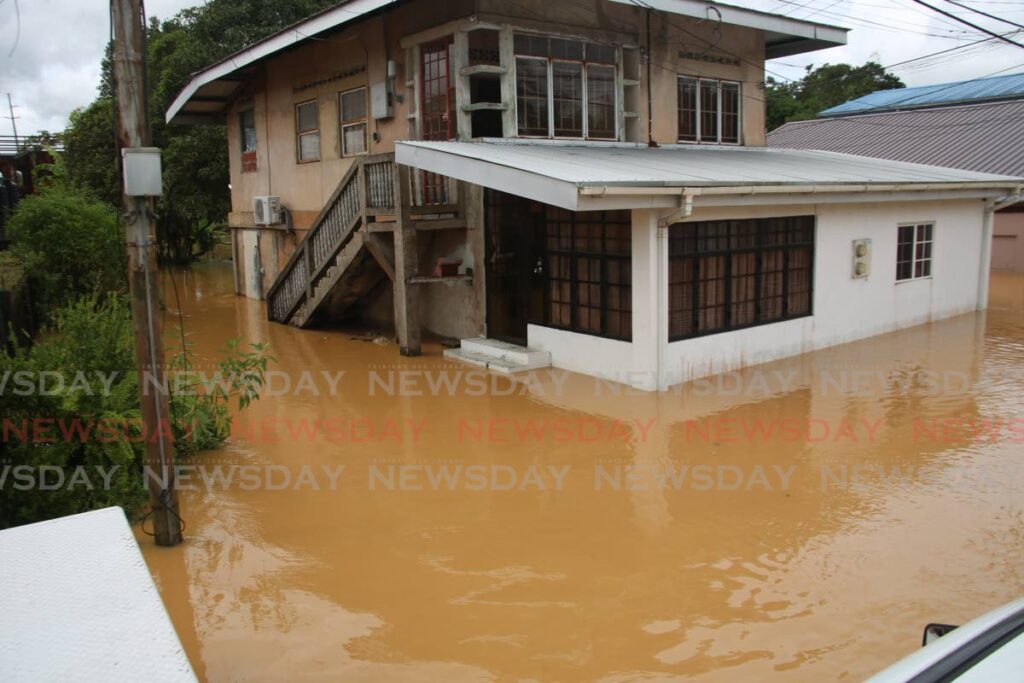
Ameen said the increased reports of stalled vehicles, vehicles pushed away by floodwaters, and the threat to life made it necessary for the authorities to intervene.
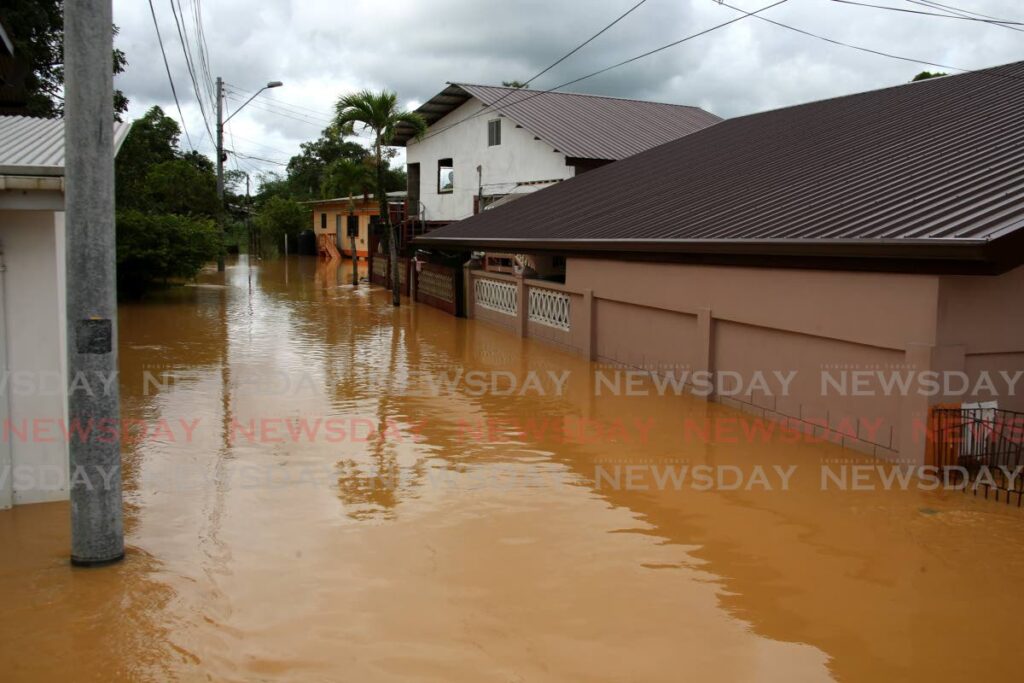
“The safety and protection of motorists cannot be left solely up to good samaritans. This also applies to roads under threat of landslides which may also pose a danger to motorists.”

Comments
"Double whammy: Riverine alert upgraded, adverse-weather alert in effect"